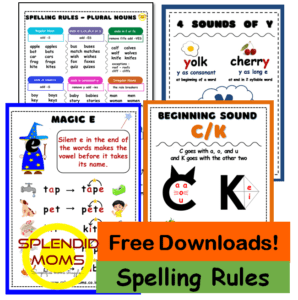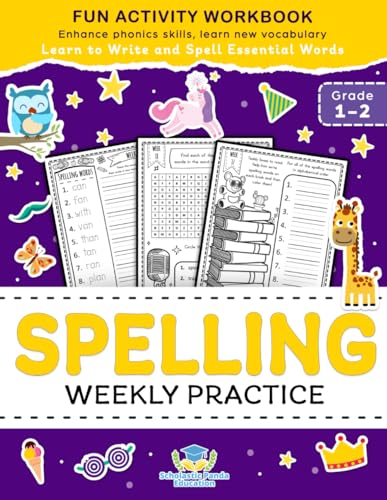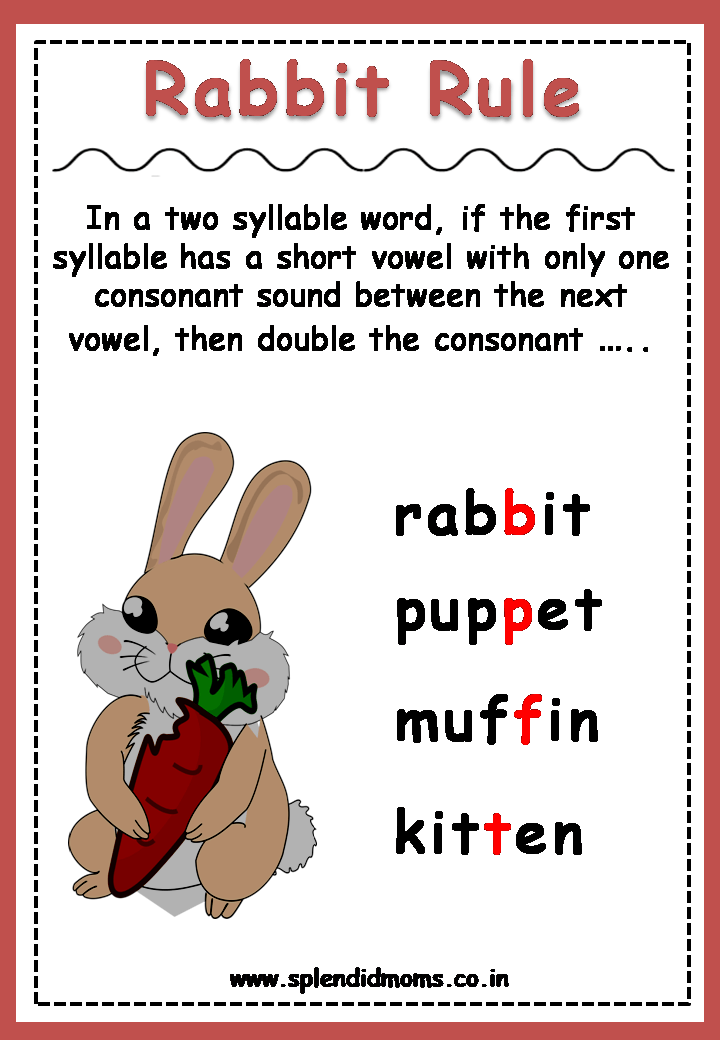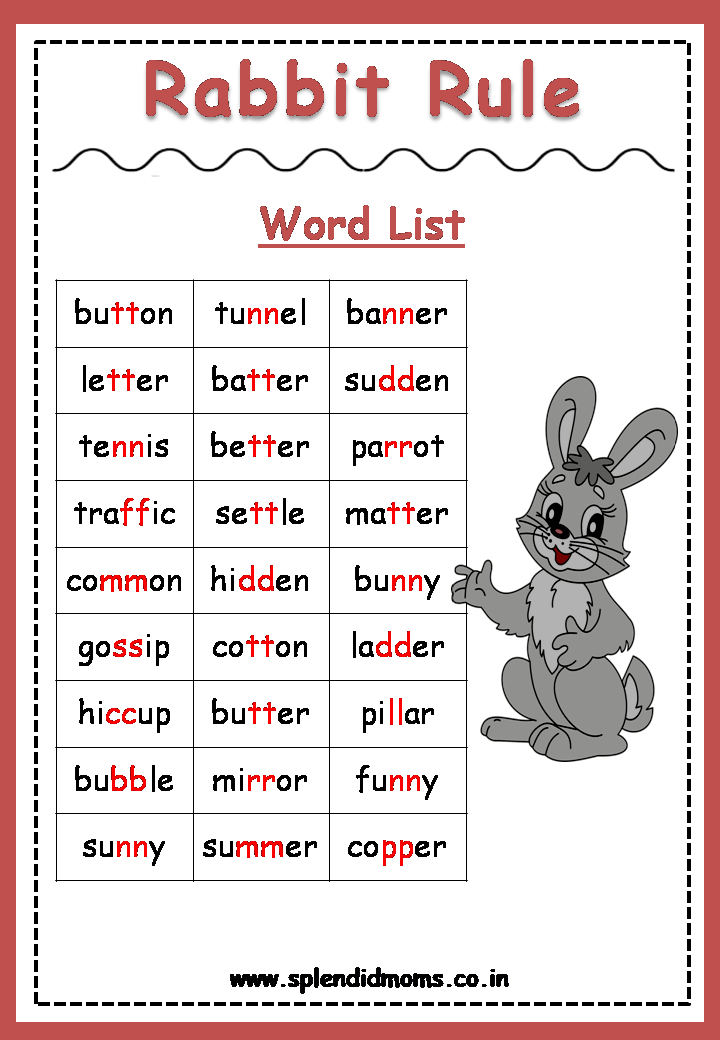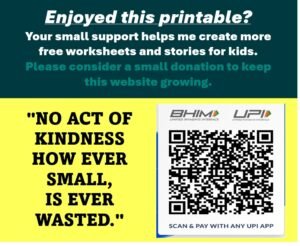The RABBIT Rule
Disclaimer: This post contains affiliate links. If you make a purchase through these links, I may earn a small commission at no extra cost to you. As an Amazon Associate, I earn from qualifying purchases. |
According to Rabbit Rule In a two syllable word, if the first syllable has a short vowel with only one consonant sound between the next vowel, then double the consonant.
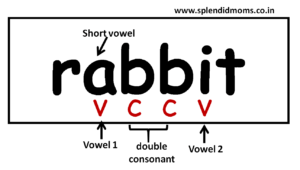
In this blog post, we’ll discuss what the rabbit rule is, how to teach it, and some fun activities that you can do with your students. So let’s get started!
A fun way to learn when to use double consonants is to learn the rabbit rule.
what is the Rabbit rule?
In a two syllable word, if the first syllable has a short vowel with only one consonant sound between the next vowel, then double the consonant.
Examples of Rabbit rule includes : rabbit, kitten, tunnel. These are the words with two syllables and a short vowel, meaning that the consonants ‘bb’, ‘tt’, ‘nn’ are doubled.
Check out this handy rule in the video below, and then read on for free printable spelling rule posters!
Rabbit Rule Anchor Chart
You can print out this rabbit rule anchor chart to display in your classroom/home and help your students/kids remember this rule. Just click on the poster and save the pdf to your device.
Rabbit Rule Words
I also created this printable list of rabbit words that you can use for your lessons and activities. Just click on the poster and save the pdf to your device.
- want to learn few more spelling rules ?
- To sounds of C
- Two sounds of G
- Plural spelling rules
- Silent E
Rabbit Rule Activities
There are many activities you can find to work on the Rabbit Rule, mostly worksheets and games.
Give list of words to sort. You can sort rabbit rule words with non rabbit rule words.
After this I have students write some rabbit rule words, making sure they say the letter aloud as they write.Spelling rules are very helpful to read and write English spellings. Here are other SPELLING RULES that may help you.
Do not forget to talk about the exceptions. When you introduce this rule make sure to state that it applies mostly on the words of Germanic origins, but many of the words whose origin is not germanic do not follow this rule.
The Rabbit rule is a great spelling strategy to teach young students. It’s easy to learn and helps them spell common words correctly. Using the methods and activities in this post you can help your students learn the Rabbit rule.
Has the Rabbit Rule helped your child? I would love to hear about it . Do tag us on facebook or instagram! And check out our other spelling rules, too!
Learn about other spelling rules from here.
To make things even easier for parents, there are also some excellent spelling books available that turn practice into play. Below, I’ve rounded up some of the best resources that can support your child’s spelling journey at home.
Scholastic Panda Education: Spelling Weekly Practice for 1st–2nd Grade
This workbook focuses on high-frequency sight words that form the backbone of children’s reading. With tracing, writing practice, and fun doodles to color, it keeps kids motivated while giving them a solid foundation in spelling and word recognition.
FREE PRINTABLE FOR RABBIT RULE DOWNLOAD AREA
These posters and worksheets are available for personal and single classroom use. You are not licensed to redistribute the files to other parents/teachers for use with their children/students. Instead, please refer them to this page so they can download their own copy.
If you agree to this license, you may click below:
Phonics Books from Dreamland publications 5-Book Pack – Complete Phonics Journey for Ages 3–10
If you are looking for a complete and engaging resource to support your child’s reading journey, I highly recommend the Phonics Reader 5 Books Pack for Children Age 3–10 Years. While the Just Phonics Set focuses mainly on early years (ages 3–5) with a step-by-step spiral approach to letter sounds and CVC blending, the Phonics Reader Pack goes a step further by covering a much wider age range (3–10 years) and introducing more advanced concepts such as short and long vowel sounds, word families, blends, combination sounds, and tricky words. Each book contains 56 colorful activity pages, with cute designs and answers included, making it parent-friendly as well. This pack not only builds on the basics but also extends learning into rhyming, spelling patterns, and word recognition, ensuring children continue to strengthen their reading and writing skills as they grow. It’s a resourceful choice for parents who want both early practice and long-term support in their child’s literacy journey.
- Dreamland Publications

